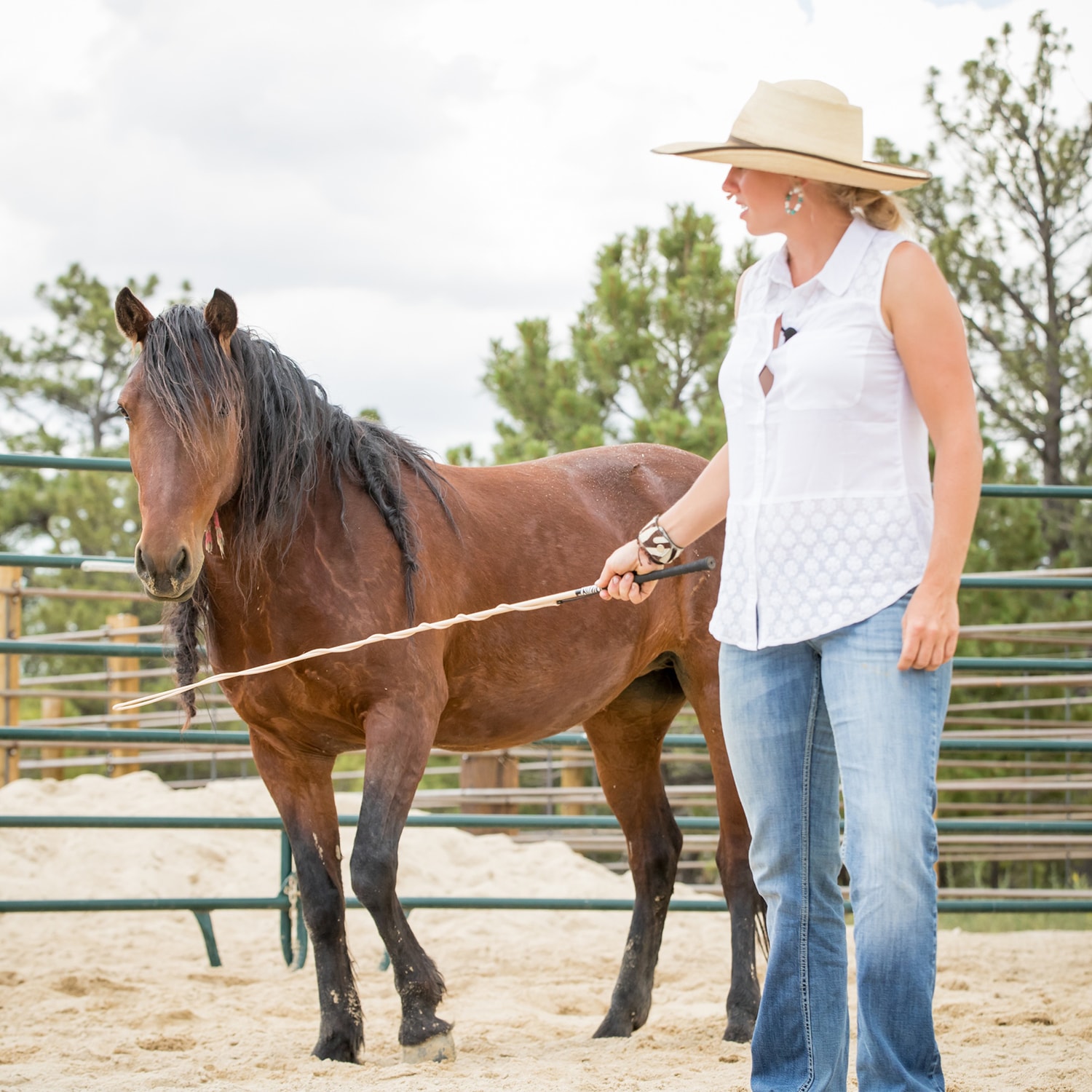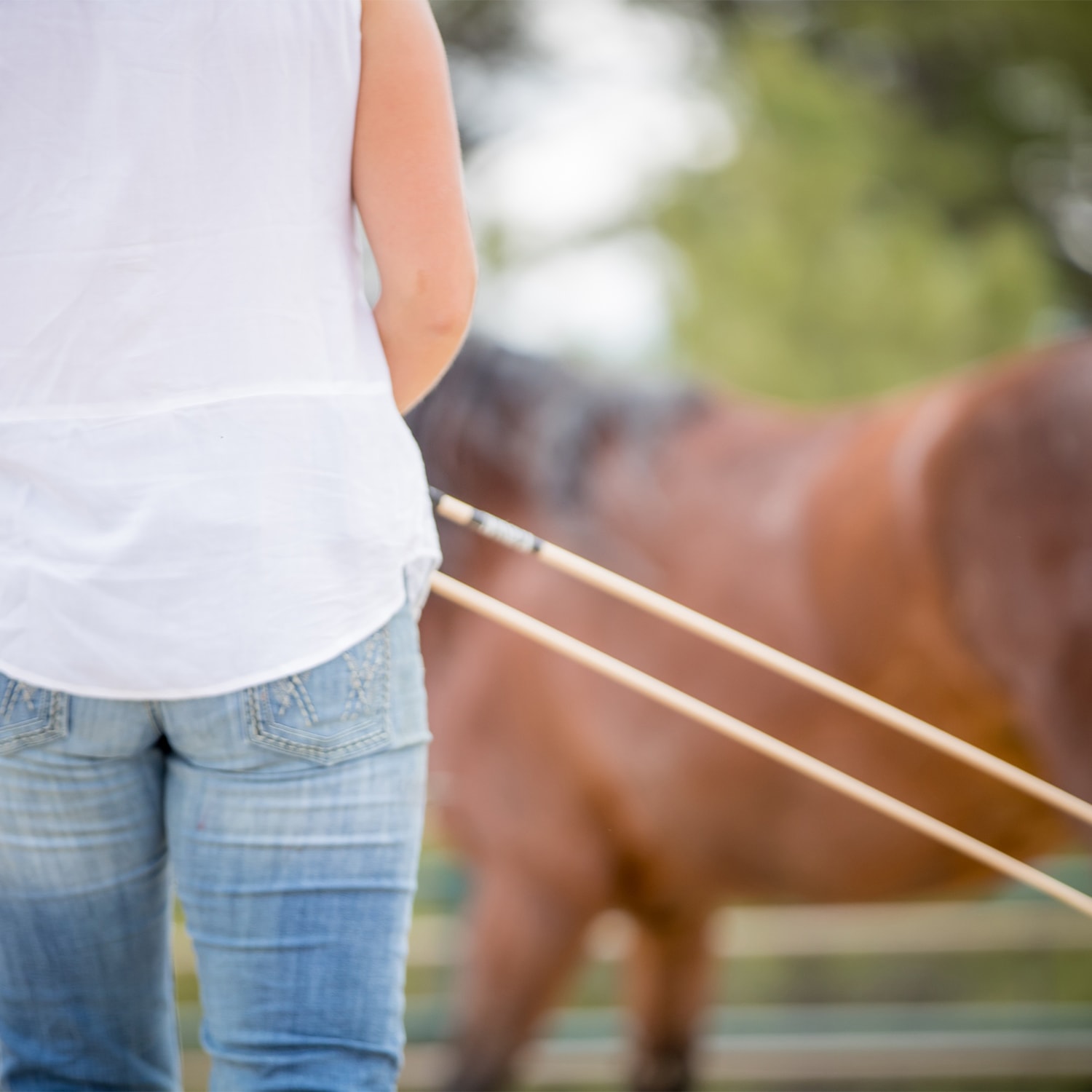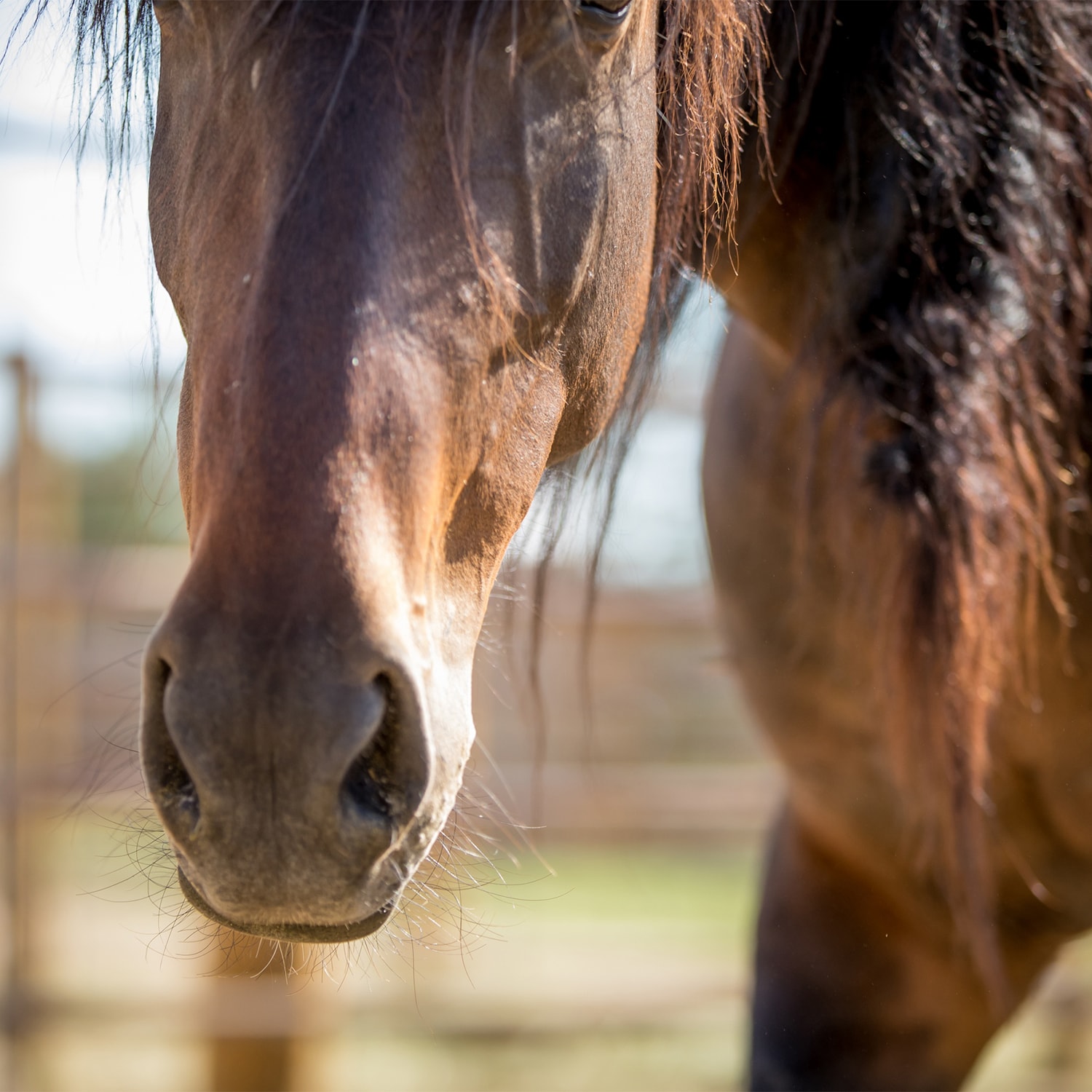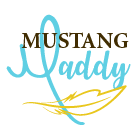
Question:
“Can you explain the reactivity cycle?“

Answer:
When faced with pressure or novel stimuli, a horse can either respond to it and think through it or have a knee-jerk reaction out of fear. I believe our job is to teach horse to successfully navigate the human world, which means we must teach the horse to respond versus react to pressure.
What we must understand is that this immediate “knee-jerk” reaction is what leads to an increased survival rate in horses in their natural state. If the horse were to take time to consider the source of the rustling in the bushes—is it just a rabbit? Or perhaps just the wind?—they would chance being eaten.
The horses who reacted to the rustling with no hesitation had a better chance of surviving the mountain lion attack and thus a better chance at reproducing. This is what evolution pioneer and biologist, naturalist and geologist Charles Darwin termed survival of the fittest, which is the continued existence of organisms that are best adapted to their environment.
When your horse feels pressure he doesn’t understand, his natural instinct is to react through fight, flight, or freeze. That means his immediate instinct to feeling the tug of a lead rope, for instance, is to resist the pressure by fighting it or running away.
For the horse to learn to respond versus react, the brain must literally “rewrite” the script so to speak, replacing emotions of fear with those of confidence or even pleasure. This requires a careful process in which the human is able to listen to their horses, and thus respond to their fears through validation (which usually means by breaking the behavior down into smaller steps where the horse can be successful). When the horse reacts, but the human responds back with this awareness, we are able to guide the horses to responding as well.
When a horse has truly mastered responding and thinking through all types of pressure, even in high-pressure or seemingly dangerous situations, he will approach every situation like he is solving a puzzle; this behavior will be defined by curiosity, engagement, relaxation, confidence, and willingness to think through the pressure logically. In turn, such behavior will keep him safe in a modernized world, which poses new risks that require a new form of thinking.
However, when the horse reacts, and we react back, the horse reacts again, and the cycle perpetuates. The fundamental concept we must understand is that horses never act badly; rather, horses act completely naturally. The reactions they use serve as a gift from nature—biological blueprint for equine survival and evolution. Humans, though, have a tendency to interpret a horse’s behavior as good or bad and that interpretation then blocks us from actually helping the horse. Instead, this interpretation causes us to react back.
For example, a horse may have an instinctual response to a perceived threat—a hand running down the back leg. The horse responds to the perceived threat by kicking out at the handler. The handler takes this offense personally rather than attributing it to instinct. The handler then labels the behavior as naughty, witchy, bratty, etc. and uses this rationalization to justify aggressive punishment towards the horse, such as hitting, slapping, or jerking. This justifies the horses fear and serves as evidence he should be afraid! Thus, the horse reacts back, perhaps with a bigger kick.


The point is, when we truly understand the horse, we can see the fear behind unwanted behaviors. The horse is either reacting from his natural state or carrying out a behavior because he’s been reinforced for it in the past. That’s it! Even a horse reacting through fight–striking, kicking, charging, etc–Has learned to protect himself and ease his fear by the concept of “I’ll hurt you before you hurt me.” If you look at an extremely dominant horse out in the pasture, oftentimes he was once bullied in the past. And the bullied will become the bully. The horse has learned to protect himself through fight.
“The most profound part of learning this reactivity cycle–and how to teach our horses to respond by responding ourselves–has been it’s application to human relationships.”
The danger of reacting back to another’s reaction is that a self-perpetuating cycle is created—you hurt me, so I’ll hurt you. When you react back, you feed the reaction. Like a continuous game of ping pong, it gains momentum and escalates in violence. Martin Luther King Jr. said, “Darkness cannot drive out darkness; only light can do that. Hate cannot drive out hate; only love can do that.”
By seeing through the lens of love, we can understand that only hurting people hurt people; In other words, people who have an open wound inflict their pain onto others in an attempt to feel relief. Thus, a requirement for empathy is this: Know that everyone is simply trying to survive. Matthew McKay, Ph.D. and Matha Davis, Ph.D., in their book, Messages: The Communication Skills Book write, “You don’t have to like everyone or agree with them, but know you share the same struggles. Every second of the day, we are trying to survive both physically and psychologically. Every thought, choice, and movement is meant to preserve our existence. Every inconsiderate, violent and seemingly hateful action are strategies to minimize pain and chances of death while holding onto life.”

